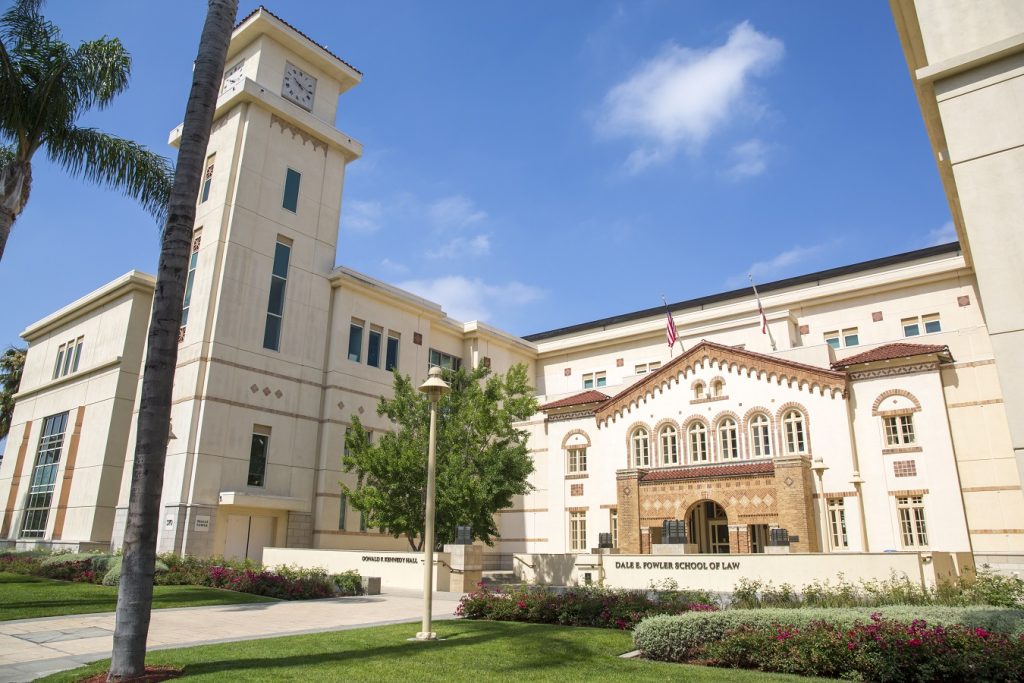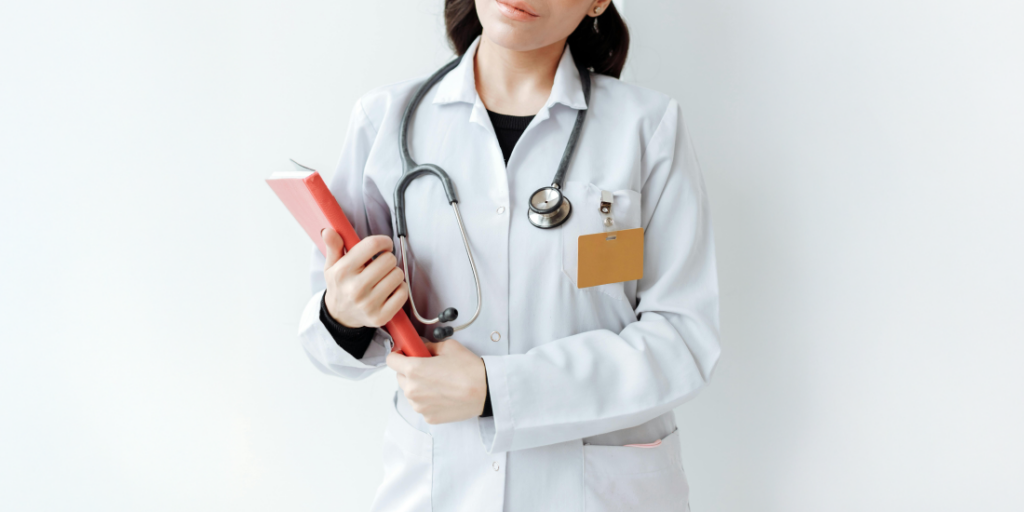Life can change in an instant. The emotional impact of an accident or traumatic event can last far longer than physical injuries. At Fielding Law, we understand the pain you are feeling. If you are considering emotional distress claims, it is important to know what steps you need to take. We are here to help you through this process with care and confidence.
What is Emotional Distress?
Emotional distress is mental suffering caused by someone else’s careless or harmful actions. Many different situations can lead to emotional distress, including:
Emotional distress may show up as anxiety, depression, or post-traumatic stress. These feelings are real and valid, and the law may allow you to seek compensation.
What You Need to Prove
To file an emotional distress claim, there are key things you must show. This process may feel stressful, but the right legal support can make it easier.
Here is what is often required:
-
Negligent or intentional conduct
You must show that another person acted in a way that caused you harm.
-
Severe emotional suffering
Your emotional pain must be serious. It must affect your daily life in a major way.
-
Medical evidence
Support from a doctor, therapist, or counselor can help prove your emotional suffering.
-
Clear connection to the event
You need to show that the distress is directly related to the harmful event.
Gathering these details can take time, but you do not have to do it alone. With the right guidance, emotional distress claims can give you the support you need to begin healing.
Can You Claim Emotional Distress as a Personal Injury Victim?
Yes, as a personal injury victim, you may file an emotional distress claim even if you do not have a physical injury. While emotional distress is often linked to physical harm, it is not required to file a claim in personal injury cases.
For example, if you have been in an accident and experienced significant emotional suffering, such as anxiety, depression, or post-traumatic stress, you may be eligible to claim emotional distress. This could apply even if your injuries are not visible or physically debilitating.
However, proving emotional distress in a personal injury case can be challenging. You will need to demonstrate the severity of your emotional suffering and show how it impacts your daily life. Medical evidence from a therapist or counselor will often be necessary to support your claim. The defendant’s actions, such as negligence or intentional harm, will also be an important factor in determining the validity of your claim.
While emotional distress claims are more subjective than physical injury claims, they are still an essential part of seeking justice as a personal injury victim. With the right support from Fielding Law, you can effectively pursue compensation for your suffering.
Is it Hard to Recover for Emotional Distress?
Recovering for emotional distress can be more difficult than for physical injuries. The reason for this is that emotional suffering is not always visible. Unlike physical injuries, emotional distress does not have clear, tangible evidence like broken bones or scars.
Because emotional distress is subjective, proving the extent of your suffering can be challenging. You must show that your emotional pain is severe enough to warrant compensation. This often involves providing medical records and testimony from mental health professionals.
In some cases, the defendant or their insurance company may argue that your distress is not as severe as you claim or that it is unrelated to the event. This makes the process of recovering for emotional distress more complicated. However, with the support of an experienced attorney like Fielding Law, you will have a better chance of presenting a strong case.
When to Contact Fielding Law
Speaking with an attorney early on is important. The sooner you contact Fielding Law, the sooner we can protect your rights. We can help gather the evidence, handle communication with insurance companies, and build your case with care.
At Fielding Law, we do more than just handle your case. We listen to your story and provide the support you need during difficult times. Our team is experienced, kind, and ready to fight for the justice you deserve. Call 833.88.SHARK today for a free consultation.
Emotional distress claims are complex, but you should not have to face them alone. Let us help you take the next step forward.











